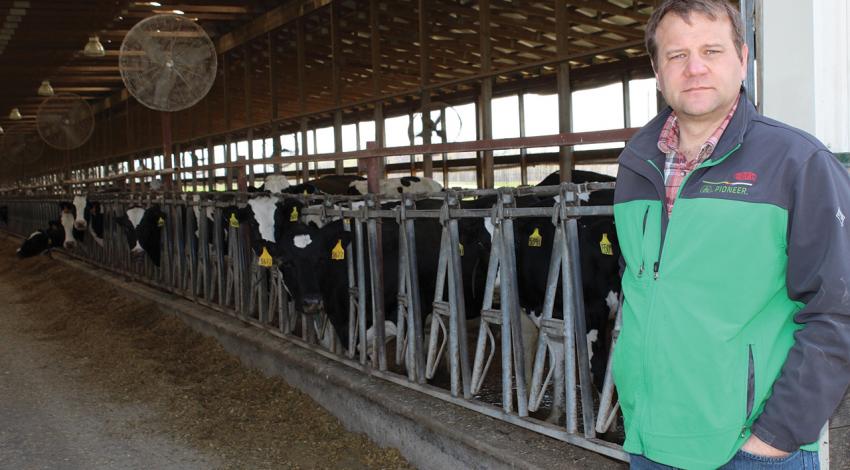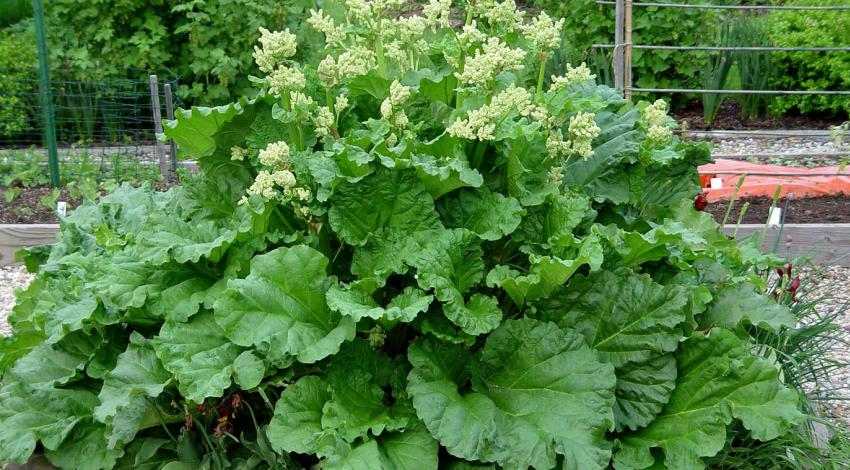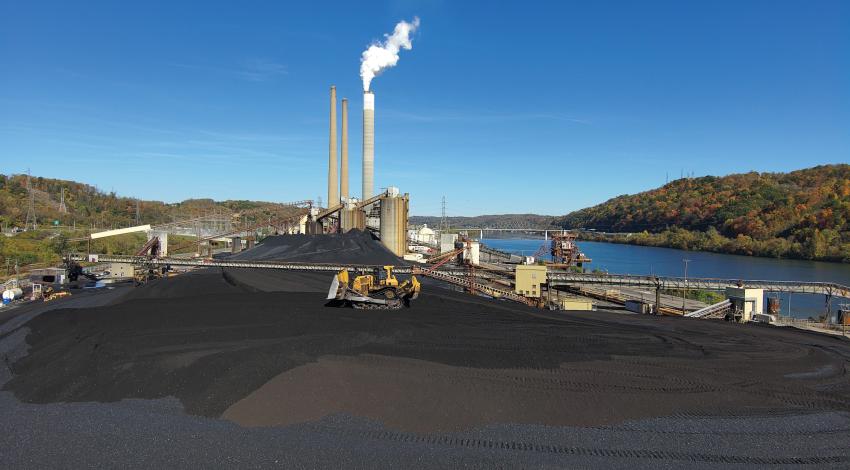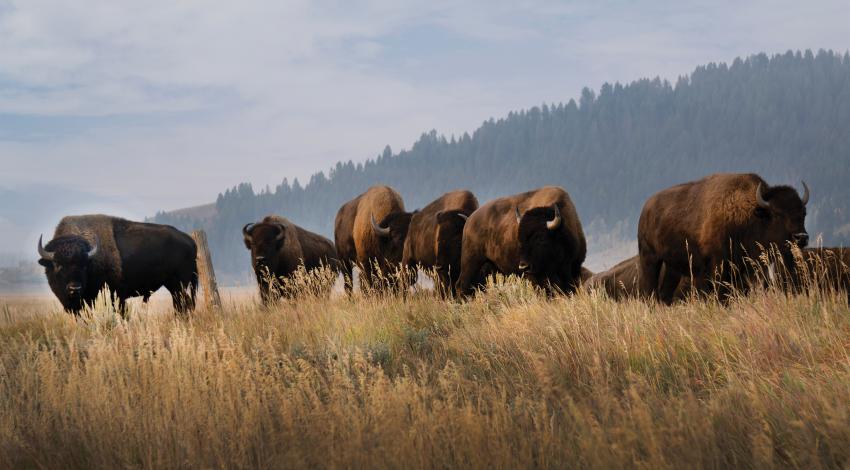Bridgewater Dairy, a family farm in Montpelier, Ohio, has 3,000 dairy cows that produce 30,000 gallons of milk daily. They also produce an estimated 15 million gallons of manure each year.
A decade ago, Chris Weaver, Bridgewater Dairy’s chief operating officer, started turning his farm’s animal waste into something valuable — electricity — by installing an anaerobic digester.
“I wanted to manage the animals’ manure with an eye to helping the environment,” Weaver says. “I also wanted to improve the comfort of my cows. An anaerobic digester lets me do both.”










